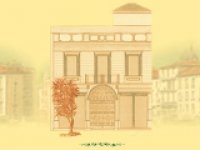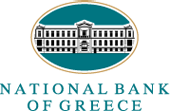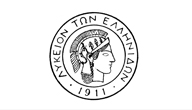

The Museum of the History of the Greek Costume of the Lyceum Club of Greek Women was inaugurated in March 1988 by the then Minister of Culture, Melina Merkouri, whose contribution to its creation was a decisive one. It is housed in a two-storey building at 7, Demokritou Street, constructed in the 1920s.
Identity of the Museum
The Museum is exclusively devoted to Greek dress. It contains approximately 25,000 pieces, chiefly authentic regional costumes and jewellery worn throughout the Greek world. The purpose of its existence is the collection, preservation, study, and finally the highlighting of the history of the Greek costume. One of its main activities is the organization, on an annual basis, of thematic exhibitions, which afford the public the opportunity to become acquainted with a different part, each time, of the Museum’s rich collection.
Since 1997 the Museum is a full member of the International Council of Museums (ICOM).
The collections and their history
The gathering together of the material that was eventually to become a museum collection started in 1911, when the founder of the Lyceum Club of Greek Women, Callirrhoe Parren, wishing to present the Greek regional costumes during the celebrations held at the Panathenaic Stadium in Athens, asked for and obtained the loan of costumes from all over Greece. Thus was formed the nucleus of the Museum Wardrobe of the National Costumes Section of the Lyceum Club of Greek Women, which was later enriched by numerous donations and purchases.
Besides regional costumes and jewellery, the Museum also possesses a number of copies of Minoan, Ancient Greek and Byzantine costumes. These were created by a group of women, adherents of a romantic movement prevalent during the second and third decades of the 20th century that advocated a "return to the roots". Among these women were such prominent figures as Angeliki Hadjimichali – a pioneer in the study of Greek folklore - and Eva Palmer-Sikelianou, wife of the famous poet Angelos Sikelianos and co-organizer of the first Delphic Festival.
The acquisition of those first costumes inspired in Callirrhoe Parren the idea of a Museum that would house and safeguard them, and, in 1914, she was the first to express a wish for the creation of "a sort of ethnographical museum that would complement the official State ones".
Important, also, is the Museum’s valuable collection of porcelain dolls in regional costumes donated in 1914 to the Lyceum Club of Greek Women by Queen Olga of Greece.
The exhibition area and the exhibitions
The annual thematic exhibitions are presented in a small but functional space on the ground floor of the Museum. The pure and simple lines of the background allow the objects to be displayed to their best advantage.
The aim of these exhibitions is to present an all-round and documented view of the objects on which, each time, attention is focused.
Since its foundation, the Museum has organized thirteen thematic exhibitions of Greek regional costumes, selected on the basis of their common distinctive features. These may be their geographical provenance: "The Woman’s Costume of Attica", "Costumes of Northern and Central Euboea", "Costumes of the Northern Sporades and Trikeri", "Traditional Costumes of Thrace", "Pogoni- the woman’s costume" ; their kinship with a particular ethnic and cultural group: "The Sarakatsan Costume", "The Karagouni Costume"; their ritual use: "Costumes of the Traditional Greek Wedding"; their type: "Kerchiefs and Scarves in the Greek Costume"; or their representation in art: "Yiannis Tsarouchis, Painter of the Folk Costume", "Women’s Greek Traditional Costumes from the Photographic Archive of Emile Lester", "The Greek costume and the Greek Painters".
In the publishing field, the Museum is responsible for the preparation and editorial supervision of the Lyceum Club of Greek Women’s annual Diary, which constitutes a sort of catalogue of that year’s exhibition.
Communicating with the public
In its endeavour to establish closer contact with the public, the Museum, in addition to organizing exhibitions, also occupies itself with complementary activities, such as the setting up of educational programmes for schoolchildren of all ages, and the conducting of guided tours and seminars, in cooperation with other similarly oriented bodies and institutions. Within the context of its educational policy, the Museum organizes courses and seminars on the wearing and conservation of costumes.














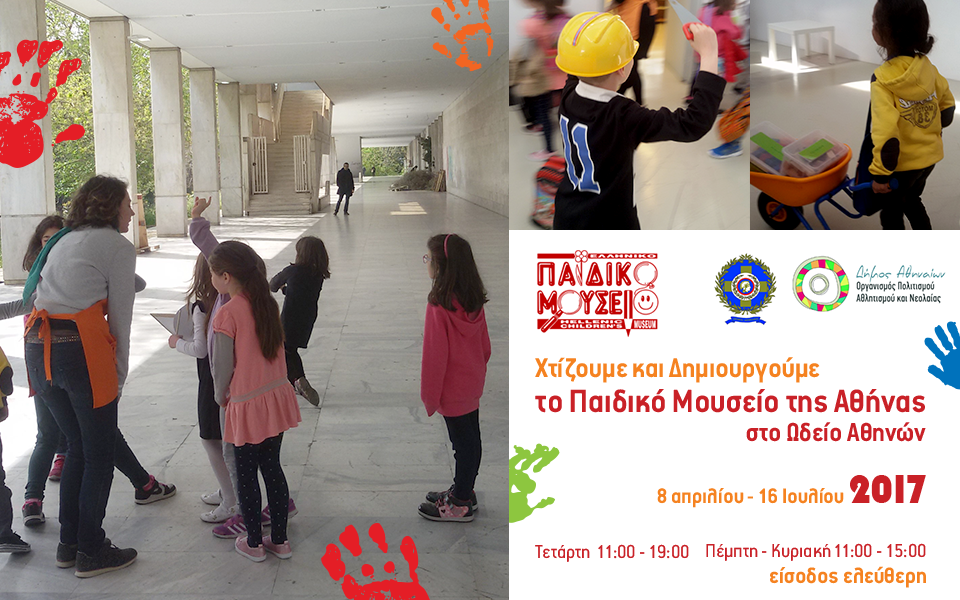





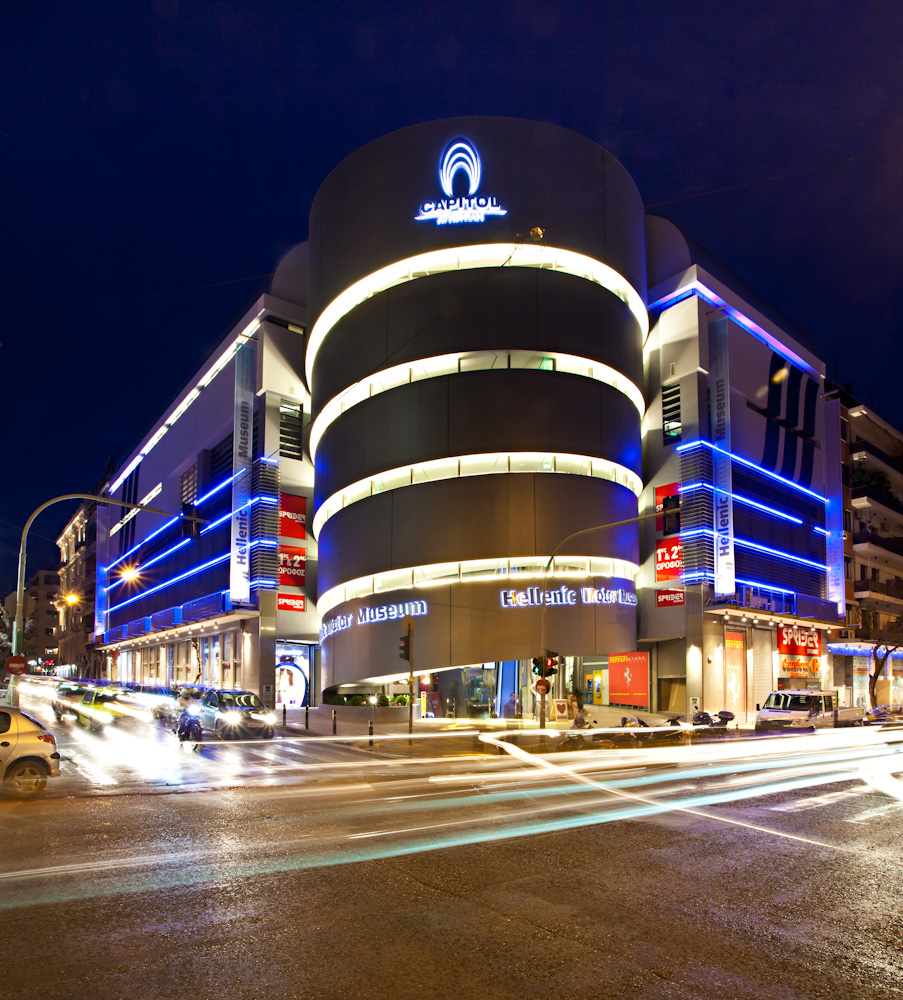


.jpg)




.jpg)
